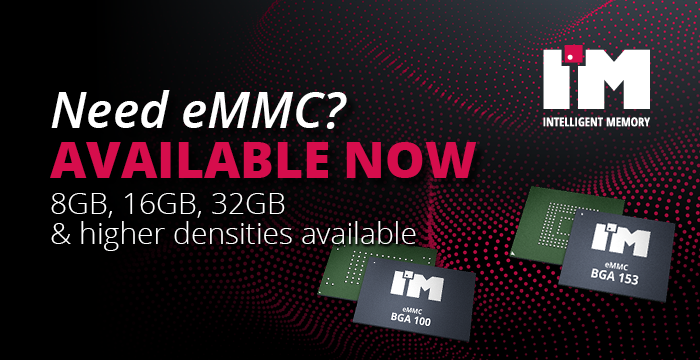
The CHIPS Act one year in – where are we now?
One year ago, US President Biden signed into law the CHIPS and Science Act (CHIPS), making nearly USD 53 billion investment in U.S. semiconductor manufacturing, research and development, and workforce. But what's the effects of it?
Besides the USD 53 billion mentioned above, the law also creates a 25% tax credit for capital investments in semiconductor manufacturing. As has been pointed out before, semiconductors were invented in the United States, but today the country only produce about 10% of global supply – and none of the most advanced chips. Similarly, investments in R&D have fallen to less than 1% of GDP from 2% in the mid-1960s at the peak of the space race, the White House writes in a press release..
The CHIPS and Science Act aims to change all of this by boosting US competitiveness, making US supply chains more resilient, supporting national security and access to key technologies.
We are now one year in since the CHIPS Act was signed into law, so what's the effects? Well, since then, companies have announced over USD 166 billion in manufacturing in semiconductors and electronics, and at least 50 community colleges in 19 states have announced new or expanded programming to help US workers access jobs in the semiconductor industry.
In total, since the beginning of the Biden-Harris Administration, companies have announced over USD 231 billion in commitments in semiconductor and electronics investments in the US.



